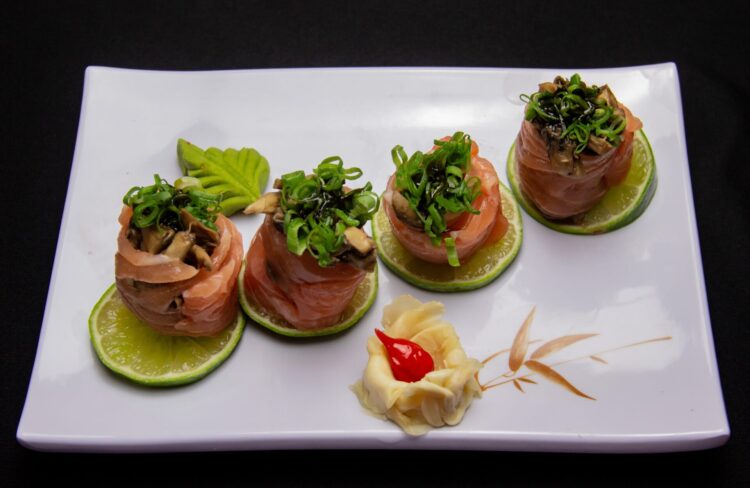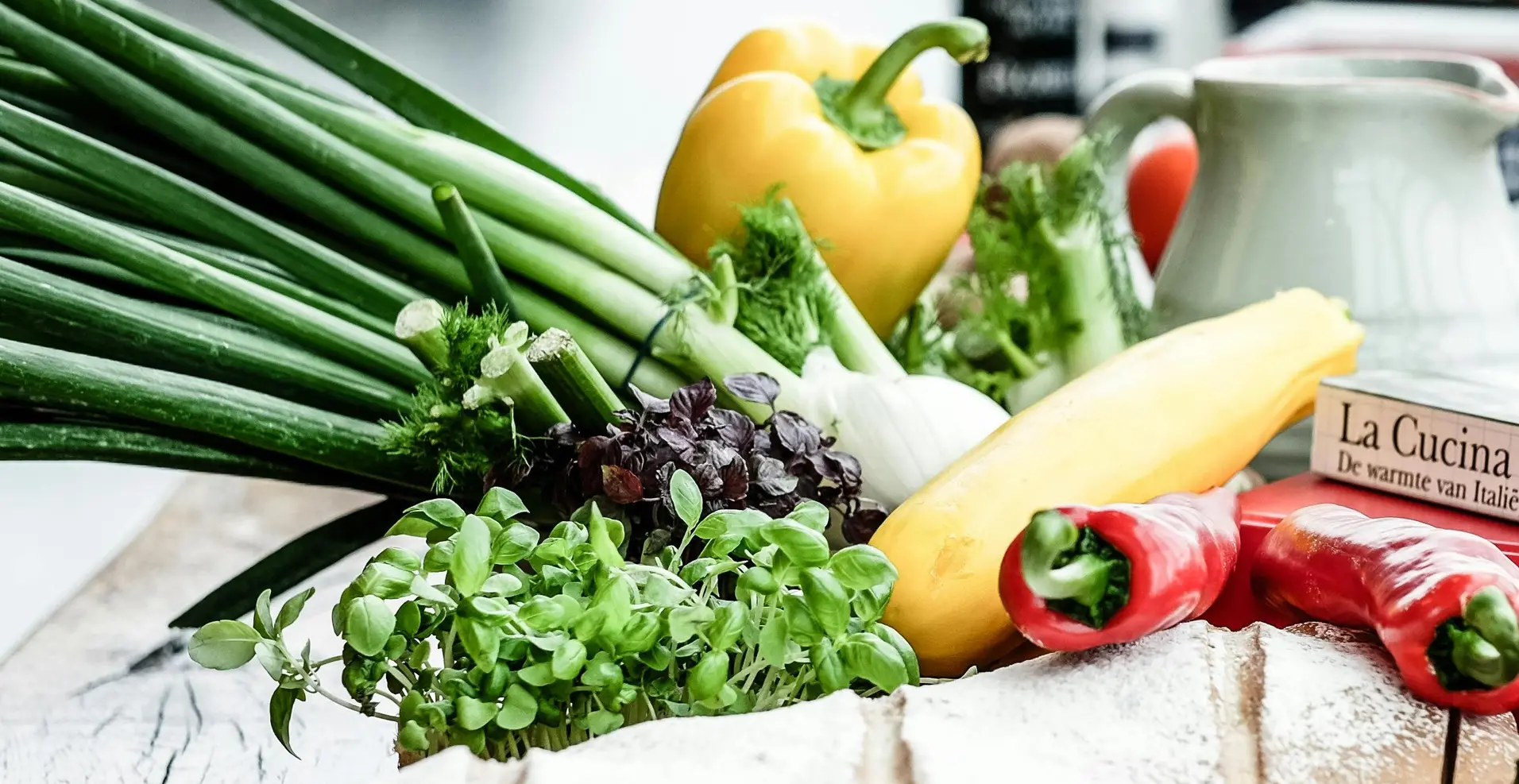When it comes to culinary masterpieces, taste is not the only thing that matters. Presentation plays a crucial role in creating a memorable dining experience. A beautifully plated dish can enhance the flavors, impress guests, and even elevate a chef’s reputation.
1. Balance
Balance is the key to a visually appealing plate. Consider the placement of each element on the dish. Create a sense of harmony by distributing colors, textures, and shapes evenly. Use contrasting colors and textures to create interest and depth.
2. Use the Plate as a Canvas
Think of the plate as a blank canvas and your ingredients as the paint. Use negative space to create a visual impact. Avoid overcrowding the plate with too many items. Instead, focus on highlighting the main ingredients.
3. Color Palette
Choose a color palette that complements the dish. Consider the colors of the ingredients and their natural hues. Use contrasting colors to create visual interest. For example, pair vibrant green vegetables with bright red or orange accents.
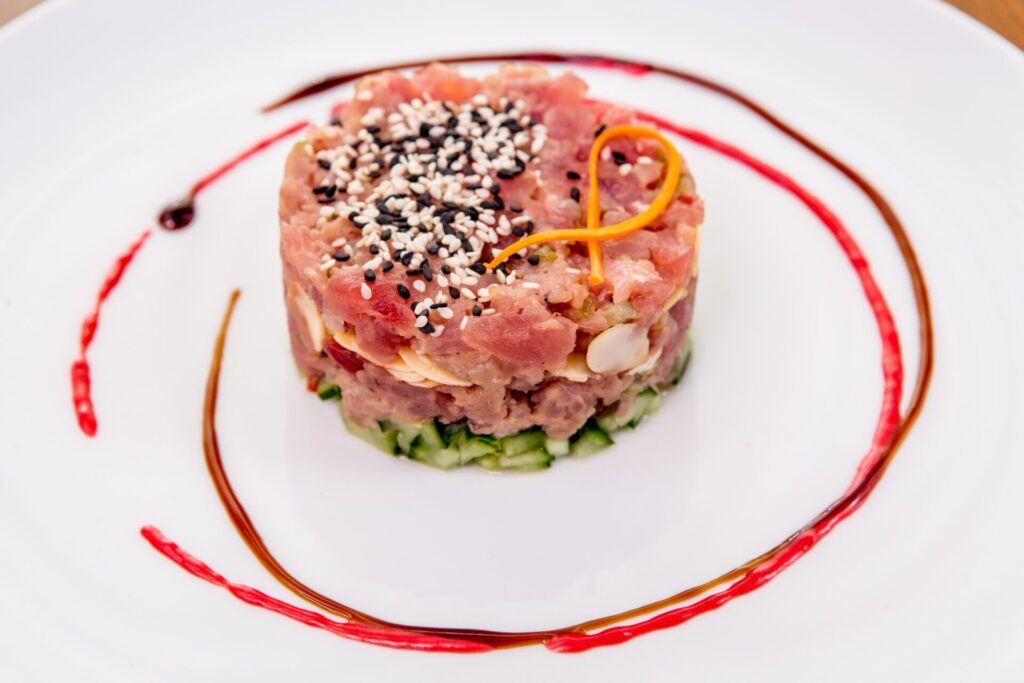
4. Height and Dimension
Add height and dimension to your plate for an eye-catching presentation. Stack ingredients, use garnishes or props like edible flowers or microgreens. Play with different levels and angles to create depth and visual appeal.
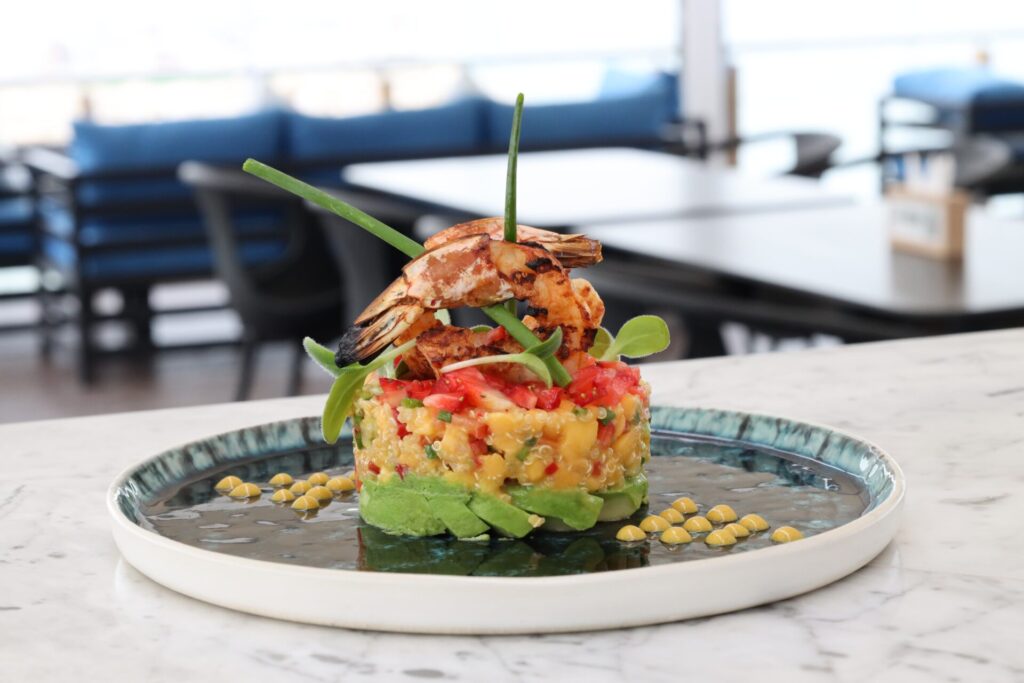
5. Sauces and Drizzles
Sauces and drizzles not only add flavor but also serve as artistic elements. Use a squeeze bottle or a spoon to create intricate patterns or designs. Be mindful of the flavor and texture of the sauce when considering plating techniques.
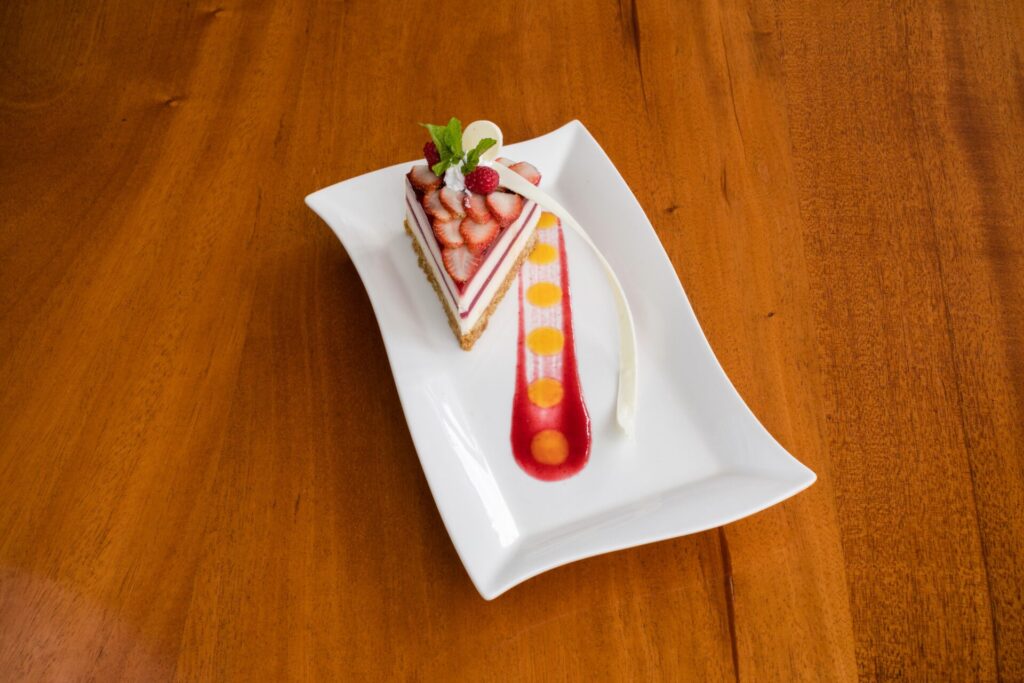
6. Texture and Layers
Add texture and layers to your dish for a multi-dimensional experience. Use crispy elements like toasted nuts, breadcrumbs, or fried herbs. Layer different components to create contrast in flavors and textures.
7. Edible Garnishes
Elevate your plating by incorporating edible garnishes. Edible flowers, herbs, sprouts, or microgreens can add color, freshness, and an extra element of surprise to the dish. Just make sure they are safe to eat and complement the flavors of the dish.
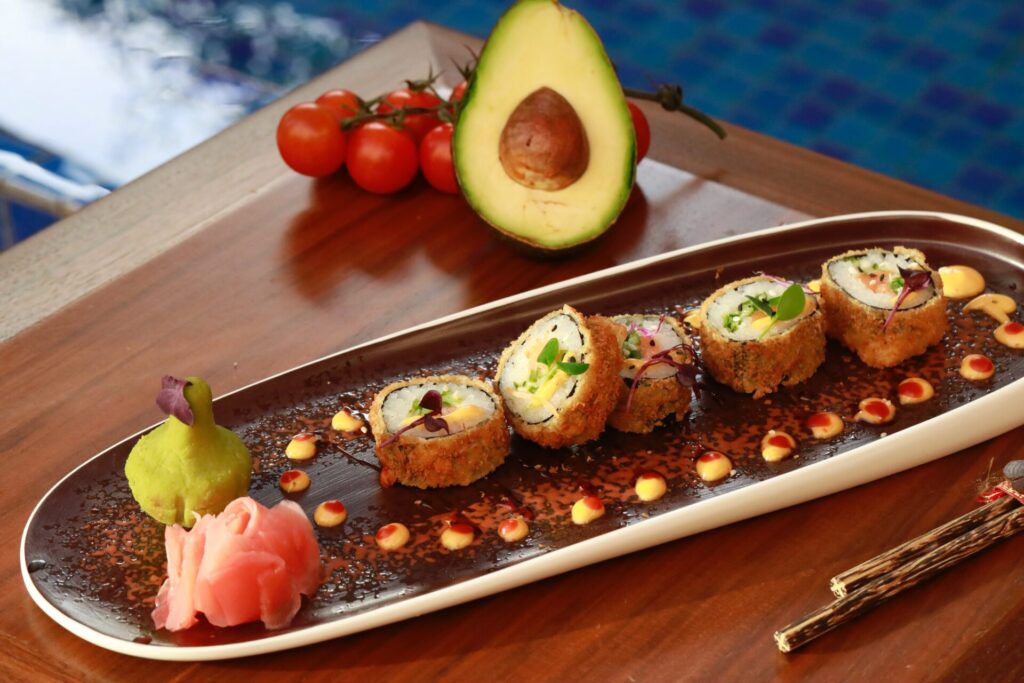
8. Utensil Placement
Consider the placement of utensils when plating a dish. The position of the cutlery can affect the overall balance and aesthetics. Place them strategically to guide the guest’s eyes towards the focal point of the dish.
9. Style and Theme
Match the plating style to the overall theme and concept of the dish. For example, if you are creating a rustic dish, opt for a more relaxed and informal plating style. If the dish is elegant and sophisticated, choose a more refined and precise plating technique.
10. Practice and Experiment
Plating is an art form, and like any art, it takes practice. Take the time to experiment with different plating techniques, tools, and styles. Learn from other chefs, attend workshops or classes, and constantly challenge yourself to improve your plating skills.
Conclusion
Mastering the art of plating can take time and practice, but the results are well worth it. By paying attention to balance, colors, textures, and presentation, chefs can create visually stunning dishes that are almost too beautiful to eat. So don’t just focus on the taste; let your artistic flair shine through your plating.

